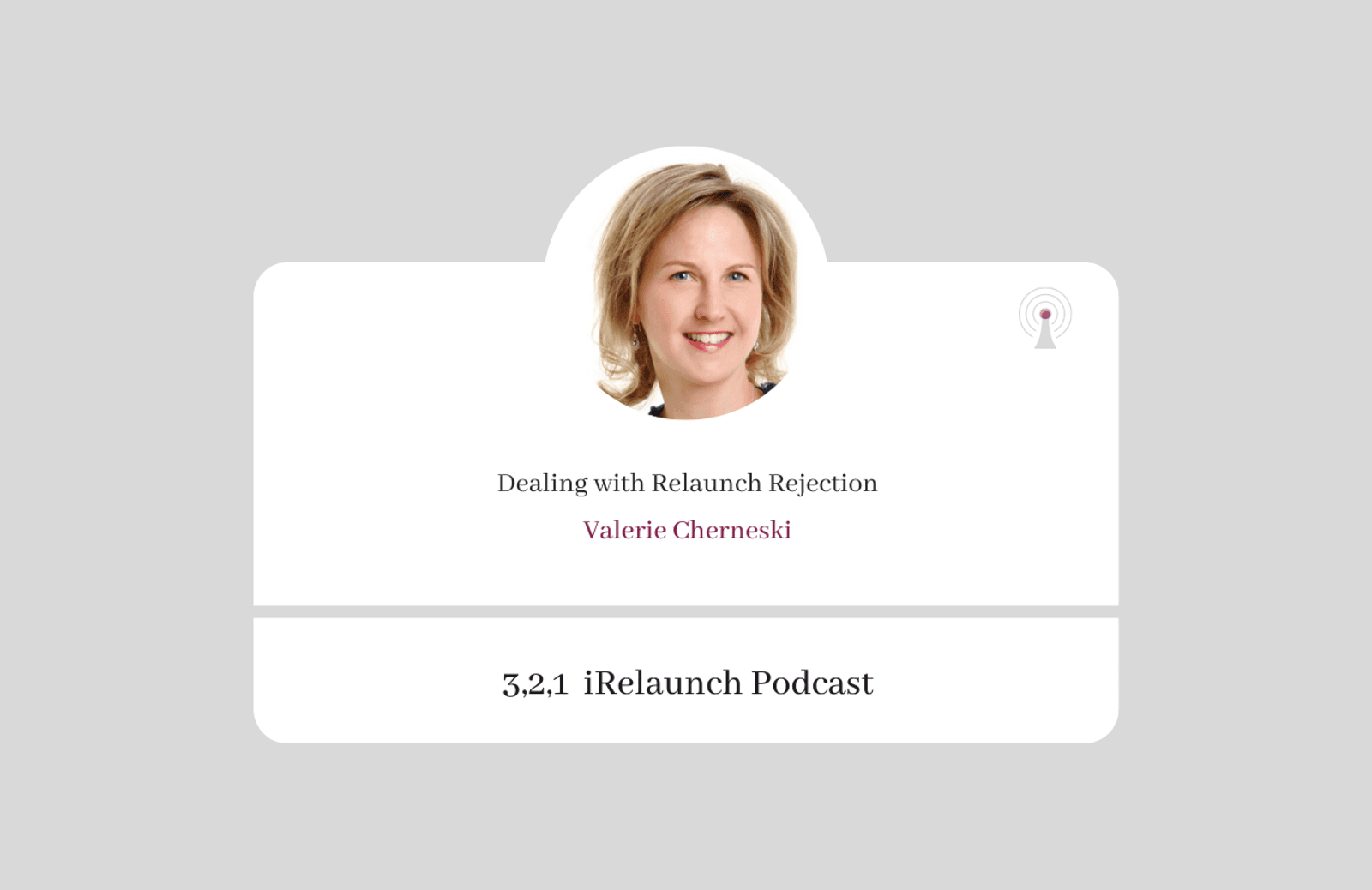



A quick Google search for “visualizing success ” yields over 21 million results. You’ll find expert after expert espousing the meritorious benefits of visualization techniques and setting goals to reach this pinnacle of success in countless articles and podcast interviews...to say nothing of the fact that the definition of success is different for each and every person.
There’s no shortage of visualization advice in the job search process…and for good reason. Envisioning success and the goal setting that accompanies these exercises is one of the most surefire ways to boost your confidence and self-esteem heading into the heightened stressful ups and downs of a job search.
What to do though, if you visualize success too vividly, you get your hopes up too high and set yourself up for disappointment? The secret is, of course, that there is a healthy balance.

Performing visualization exercises that only account for a successful outcome is a bit like turning in your homework only halfway completed. One of the most sensible pieces of advice I learned from the 3, 2, 1 iRelaunch podcast is, at the same time that you are psyching yourself up and building that confidence, make sure you are simultaneously building your resiliency by developing a “rejection plan.”
It turns out that there’s a term for this practice: mental contrasting. I first learned about this phenomena and its useful applications through Dr. Laurie Santos’ free class on The Science of Well-Being on Coursera. In particular, this short video explains why practicing this method works so well.
“As you’re visualizing your positive future outcomes...how awesome it would be once you get your goal, but you follow that up by thinking about, what might be the things that get in your way. How does this work?... By contrast, if you only think about the obstacles, you dwell on how hard it is, you’re never going to get around to doing anything [but] if you actually take the time, to again, intentionally and effortfully do both, first indulge in how great it would be and then think about what the obstacles are, it turns out that you now have visualized both things that you need to succeed.”
Now, if the word rejection nestled in the phrase “rejection plan” is a bit too harsh for you, heed the advice of some mantras that are commonplace these days: rejection is protection, rejection affords reflection, rejection is redirection. Take your pick and move forward with your newly anointed plan. And while you’re at it, don’t just stop at Plan B… think about what’s Plan B through Z?
While 25 iterations of a back-up plan is a bit superfluous, my suggestion is meant to be illustrative. I would highly recommend not only thinking beyond the preparation for each of the “high stakes” events in a job search, but considering the aftermath of those events as well - from a position of success and positivity and, to a degree, from a “worst-case scenario” perspective that can be turned into redirection or a period of greater reflection...but only if you plan for it. Even better than thinking through these outcomes is writing them out, along with the steps you will take specific to each event if it does not go your way or follow the precise path of success you were hoping for.
As luck would have it, the video from Dr. Santos’ class provides some sage advice on this topic as well. This time, in the form of a technique developed by Gabrielle Oettigen at NYU,
the WOOP technique is an acronym for: Wish, Outcome, Obstacle and Plan.
Quite simply, the technique is to walk yourself through these four
questions:

By visualizing both a successful outcome, the obstacles that may get in your way and formulating a plan of how you will respond to each of those stumbling blocks, you are protecting yourself. You are giving yourself the gift of your next action steps already mapped out, allowing you to redirect quicker and get back on track with your relaunch. You are increasing your resiliency each time you receive what might feel like the hundredth “redirection.” You are shortening the grief cycle that you will feel after an opportunity that didn’t pan out the way you had hoped...so that you can keep focused on sustaining momentum and building your confidence. You never know...the “next best outcome” may end up being a better outcome when all is said and done.
Join our growing relauncher communities on Facebook and LinkedIn. For more great guidance on your relaunch and updates on when return to work programs are accepting applications, events for relaunchers and more, be sure to sign up for our Return to Work Report and follow us on social media to stay informed!